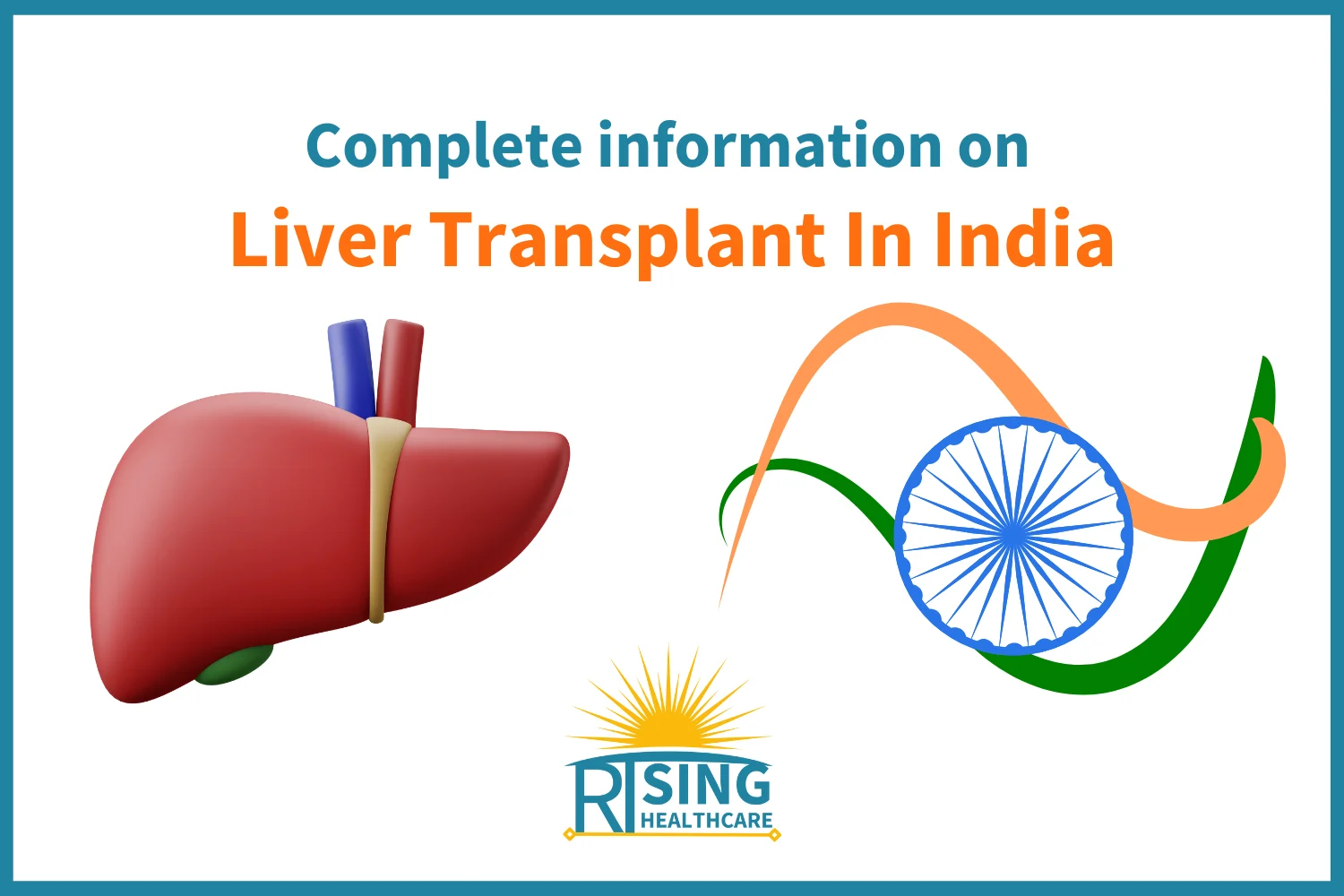
Imagine a superhero who saves lives even after they are no longer with us. That’s the magic of Deceased Donor Liver Transplants (DDLTs). These remarkable medical procedures offer a second chance at life to people suffering from severe liver diseases. In this simple language guide, we will explore what DDLTs are, how they work, their importance, and the incredible impact they have on the lives of patients and their families.
Contents
- 1 What is a Liver Transplant?
- 2 Understanding Deceased Donor Liver Transplants (DDLTs)
What is a Liver Transplant?
A liver transplant is like getting a new lease on life when your own liver is no longer functioning properly. The liver is a vital organ responsible for various crucial functions in our bodies, such as filtering toxins, helping with digestion, and regulating metabolism. When someone’s liver becomes severely damaged or fails due to diseases like cirrhosis, hepatitis, or cancer, a liver transplant can be their only hope for survival.
Understanding Deceased Donor Liver Transplants (DDLTs)
2.1 The Gift of Life from Departed Heroes
DDLTs involve using the liver from a deceased person, often referred to as a donor, to replace a damaged or failing liver in a recipient. These donors are individuals who have generously decided to donate their organs after they pass away. It’s an act of immense kindness and compassion that continues to save lives even after they are gone.
2.2 The Matching Puzzle
Before a DDLT can take place, the recipient and the donor liver need to be a good match. This matching process considers factors like blood type, size, and the severity of the recipient’s liver disease. Finding the right match is like putting together a puzzle, and it’s a crucial step to ensure the transplant’s success.
The DDLT Procedure
3.1 The Surgical Ballet
The actual DDLT procedure is a complex surgical ballet performed by a team of highly skilled doctors. It typically takes several hours and involves removing the damaged liver from the recipient and replacing it with the healthy liver from the deceased donor. The new liver is carefully connected to the recipient’s blood vessels and bile ducts to ensure it functions properly.
3.2 Recovery and Post-Transplant Care
After the surgery, the recipient needs time to recover in the hospital. It can take several weeks or even months for the body to adjust to the new liver. During this period, doctors closely monitor the patient’s progress and may make adjustments to their medications to prevent rejection of the transplanted liver.
The Importance of DDLTs
4.1 A Second Chance at Life
DDLTs offer patients with end-stage liver disease a second chance at life. Without this option, many would have no hope of survival. These transplants can dramatically improve the quality of life for recipients, allowing them to do things they couldn’t do while suffering from liver disease.
4.2 Reducing the Organ Shortage
One of the biggest challenges in the world of organ transplantation is the shortage of donor organs. DDLTs play a crucial role in addressing this issue by utilizing the organs of individuals who have generously chosen to be donors. By making the most of this precious resource, DDLTs help more people receive the life-saving transplants they need.
Success Stories
5.1 Sarah's Miracle
Sarah was a vibrant young woman whose life took a dark turn when she was diagnosed with advanced liver disease. Her only hope was a DDLT. Fortunately, a matching liver became available just in time, and Sarah underwent a successful transplant. Today, she’s back to living her life to the fullest, grateful for the selfless gift from a departed hero.
5.2 John's Journey to Recovery
John, a dedicated family man, was devastated when he learned that his liver was failing. He was lucky to receive a DDLT, and although the recovery process was challenging, he was determined to make the most of his second chance. With the support of his family and medical team, John has embraced a healthier lifestyle and is now enjoying every moment with his loved ones.
How You Can Make a Difference
6.1 Becoming an Organ Donor
One of the most significant contributions you can make to society is to become an organ donor. By registering as an organ donor, you give others the opportunity to live a healthier, longer life even after your passing. It’s a simple but incredibly meaningful way to leave a lasting legacy.
6.2 Spreading Awareness
You can also make a difference by spreading awareness about organ donation and the importance of DDLTs. Share your knowledge with friends and family, and encourage them to consider becoming organ donors too. Together, we can save more lives and make the world a better place.
Conclusion
Deceased Donor Liver Transplants (DDLTs) are a beacon of hope for people suffering from severe liver diseases. They offer a second chance at life and rely on the selfless generosity of organ donors. These remarkable procedures not only save lives but also bring happiness and joy to the hearts of patients and their families. By understanding DDLTs and supporting organ donation, we can all play a part in this lifesaving journey and make the world a better place, one transplant at a time.

